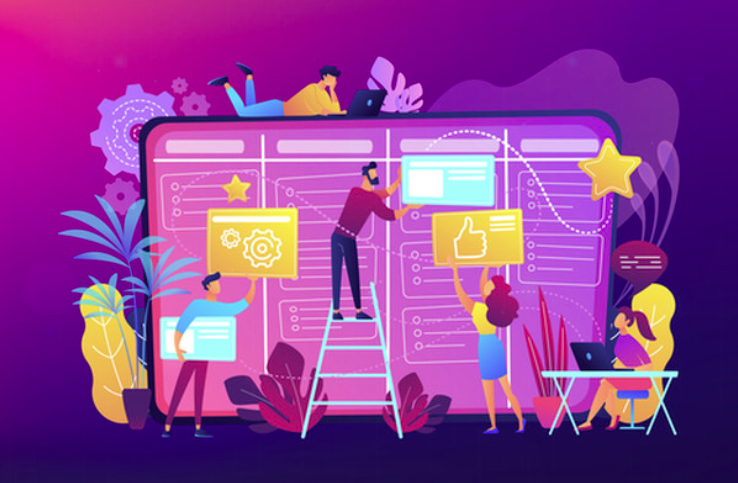Not that long ago, mastering the skills that allowed a user to interface with an enterprise system was an acknowledged accomplishment. It was something to put on a resume, and frequently allowed an individual to command premium pay in the market. (SAP Super Users, I’m thinking of you.) Then came the consumerization of applications which started with social applications and spread like wild fire via smart phone / tablet apps.
Consumer application developers realize that they need to provide an outstanding user experience in order to drive adoption. A consumer application needs to be intuitive and the benefits of use readily apparent for most expected consumers to adopt it. This means making applications simple enough that the proverbial fifth grader (or in some cases toddler) can use it without any training.
A good example of how providing a consumer grade interface can improve performance occurred at one of our plants, where suppliers were complaining about purchase orders not being issued timely. It turns out the plant manager didn’t really understand how to use the SAP system on his desktop, and therefore would only approve purchase orders at a certain time each week after he had done a review of key elements outside of the system. We created an app that allowed him to view all the information he needed on his phone. As a result, he started approving requisitions during the course of each day when he had a few free minutes. The plant manager was happy, the suppliers were happy, and the effectiveness of the purchasing process improved.
Today most enterprise solution providers have caught on to the need to improve their user interfaces. However due to the complexity of the processes they support, making interfaces fully intuitive is still often a challenge. And then there are the applications IT departments are creating to help run the company. Most of the programmers I knew thought about the systems inputs, outputs and flows, and not the user interface.
Three years ago, Tenneco decided to adopt SAP’s Fiore platform to simplify the SAP user interface and enable smart phone interfaces with the ERP system. We assembled a cross functional scrum team to develop the new apps. However, the team quickly realized that they were missing a key skill: a user experience (UX) designer. While there is a coding component to this job, the key skills are often more related to someone who can create a brilliant marketing brochure or commercial. In other words, not skills historically found in IT departments. Fortunately, I had a very competent director for this program recognized the gap and addressed it. This served us well as we started developing apps for collaboration and work flows utilizing Office 365. The real payoff was in seeing widespread adoption of the new apps, with much less change management effort that was required for traditional applications.
There are two lessons I took away. First is the need to recruit and develop UX designers. Frequently it’s easier to teach people who excel in developing market content to code, than it is teach coders to be expert content developers. On our team the UX designers where typically working with programmers and business experts so coding could be shared among team members. Keep in mind as you develop these skills that UX tools are evolving rapidly as chatbots and virtual reality tools become mainstream.
My second lesson is that a good UX design greatly simplifies the organization change management challenge, but does not make it go away. You still need an organization change management (OCM) program which addresses: the need for the application, how the application will impact how work gets done and who does it, and identifies and mitigates any resistance to the new application and embedded processes. While much less training is typically required, because enterprise solutions often enable the execution of processes by people with advanced specialized skill sets, some minimal training may be required. Instead of training the new OCM focus becomes awareness, explaining the change in job responsibilities, and fostering adoption.




